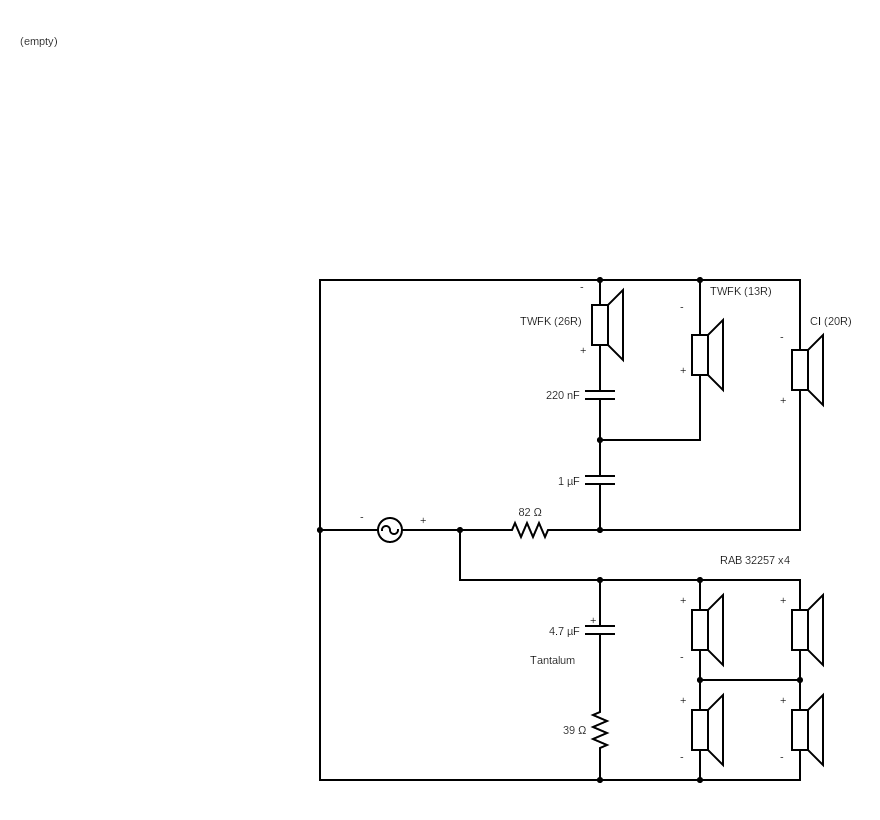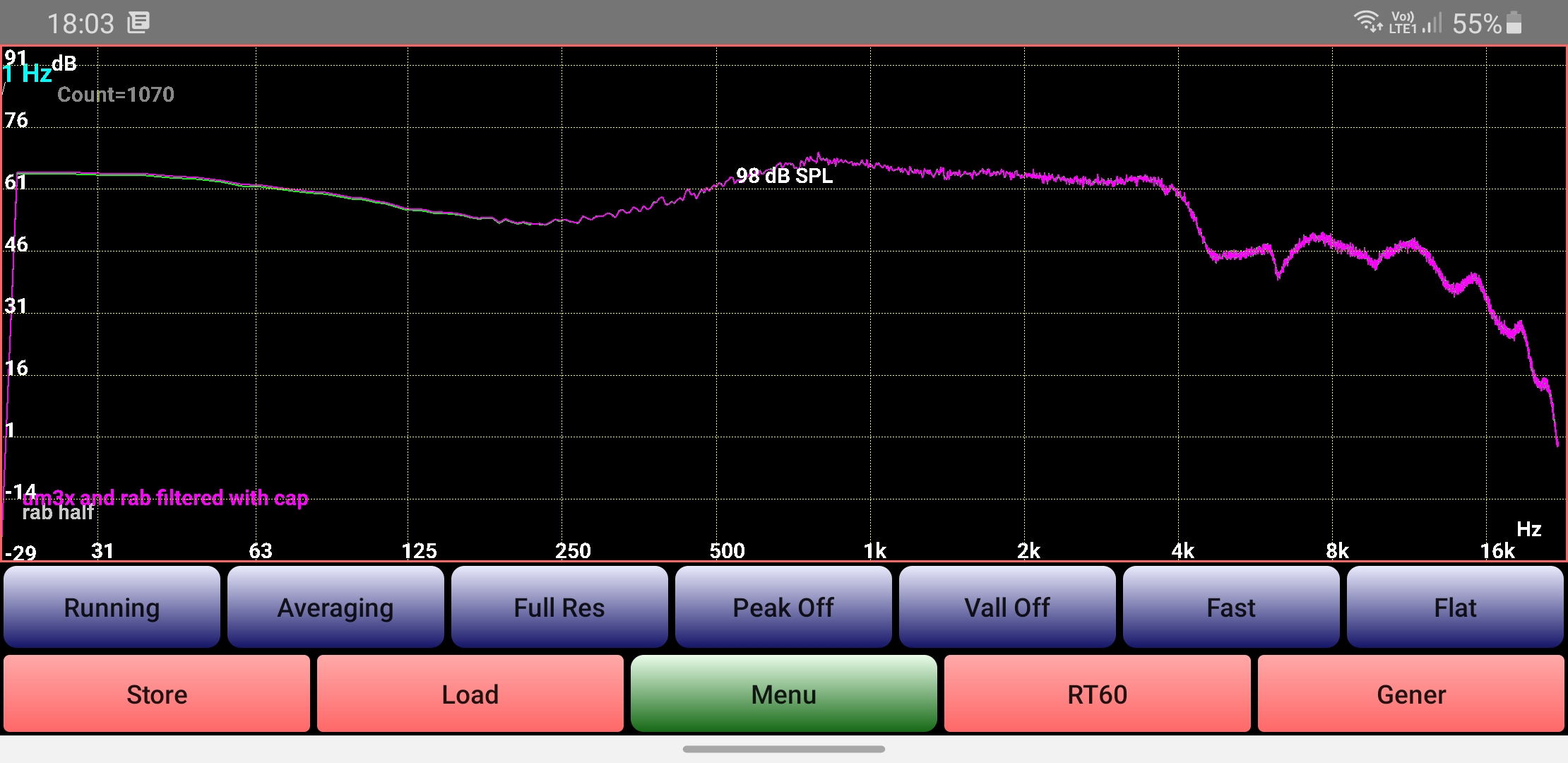musmecca
100+ Head-Fier
I Use laq 3 as it cures superfast....I dip the entire empty shell. With laq 3, glycerin isn't necessary. I've seen many who ignore the inside of the shell, but a smooth outside with an unfinished interior yields poor results.Any one have a preferred method for applying lacquer / shellac to the inside of the shell that allows the coating to fully cure out? No matter what product i use (Egger, Lack3, NanoScreen, L-1, detax, etc) the inside doesnt cure out in the same way as the outside. Ive even tried it in a nitrogen environment and submerged in glycerine. i even bought the Thermosoft curing agent, OxyStop, to see if that would help… nada. If I could coat the inside of the shell the waxed impression wouldnt have to be SOOO perfect…..
Last edited:

























